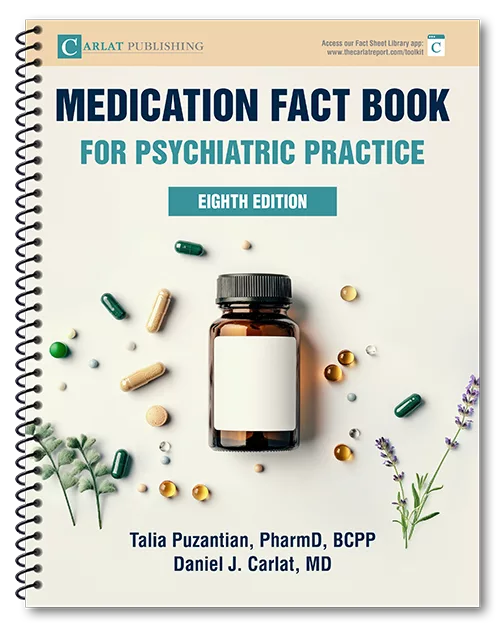Mirtazapine and B6 Outperform Propranolol for Akathisia
Steven Hamilton, PhD, MD.
Dr. Hamilton has no financial relationships with companies related to this material.
REVIEW OF: Gerolymos C et al, JAMA Netw Open 2024;7(3):e241527
STUDY TYPE: Systematic review and network meta-analysis
Antipsychotic-induced akathisia (AIA) is a distressing experience of restlessness and excessive movement linked to first- and second-generation antipsychotics. Symptoms can be so severe that patients decrease their adherence to treatment or feel suicidal. To address AIA, experts suggest reducing doses, switching medications (and using monotherapy when possible), or using beta blockers, benztropine, or benzodiazepines. This study assessed our options.
Researchers performed a network meta-analysis of 15 double-blind RCTs, involving about 500 patients and 10 treatments for AIA. Twelve of the studies compared these treatments to placebos, and three compared them to propranolol or diphenhydramine. The studies all measured efficacy using validated rating scales.
In order of effect size, the treatments that proved better than placebo were mirtazapine, biperiden (an anticholinergic not available in the US), vitamin B6, trazodone, mianserin (an antidepressant, also not available in the US), and propranolol. Clonazepam, zolmitriptan, valproate, and cyproheptadine were no better than placebo. Although low-dose mirtazapine was the most effective, it was also the least tolerated. The authors argued that vitamin B6 may offer the best risk-to-benefit ratio given its excellent tolerability.
One limitation of this analysis is that nearly all subjects were prescribed antipsychotic monotherapy, making it difficult to extrapolate the results to patients requiring polypharmacy. A more significant limitation is the study sizes that underpin these findings. The B6 finding was based on 33 patients, clonazepam on 12, and mirtazapine on 43.
CARLAT TAKE
Several underutilized options for AIA may outperform propranolol. Vitamin B6 may also improve mood and reduce prolactin on antipsychotics, but it carries a small risk of neuropathy at high doses (> 1000 mg). Mirtazapine may also improve negative symptoms of schizophrenia, and though it treats AIA in low doses, it can cause AIA above 30 mg.
Newsletters
Please see our Terms and Conditions, Privacy Policy, Subscription Agreement, Use of Cookies, and Hardware/Software Requirements to view our website.
© 2025 Carlat Publishing, LLC and Affiliates, All Rights Reserved.



_-The-Breakthrough-Antipsychotic-That-Could-Change-Everything.webp?t=1729528747)



